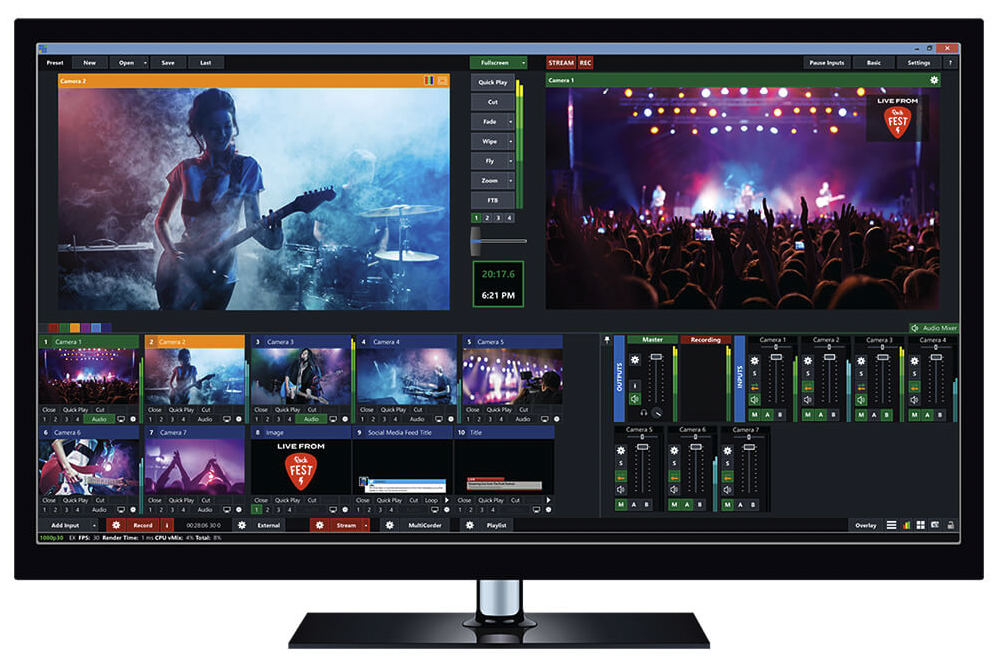Communication is the cornerstone of human interaction, and in the realm of radio communication, two phrases have become synonymous with acknowledging receipt of a message: “Copy That” and “Roger That.”
These phrases, often used in military, aviation, and emergency services contexts, serve as a confirmation that a message has been received and understood.
However, despite their similar purpose, there are distinct differences between “Copy That” and “Roger That” that are worth exploring.
In this article, we will look into the origins, meanings, and usage of these phrases, shedding light on their nuances and providing insights into their appropriate usage.
Copy That vs. Roger That
Copy That:
- Origin: Radio and telecommunications lingo.
- Meaning: Message received and understood.
- Usage: Common in military and civilian radio communication.
Roger That:
- Origin: Military radio alphabet (R for “Received”).
- Meaning: Message received and understood.
- Usage: Associated with aviation and military communication.
Table of Contents
The Origins of “Copy That” and “Roger That”
Understanding the origins of these phrases can provide valuable context for their usage. Let’s explore the history behind “Copy That” and “Roger That.”
The Origins of “Copy That”
The phrase “Copy That” finds its roots in military communication.
It emerged during World War II when radio operators needed a concise way to confirm that they had received a message.
The word “copy” was used to indicate that the message had been copied down accurately.
Over time, “Copy That” became a standard phrase in military radio communication, ensuring clear and efficient transmission of information.
The Origins of “Roger That”
On the other hand, “Roger That” has its origins in aviation communication.
It dates back to the early days of aviation when pilots needed a way to acknowledge instructions from air traffic controllers.
The term “Roger” was introduced as part of the Joint Army/Navy Phonetic Alphabet in 1941, where it represented the letter “R.”
Pilots began using “Roger” to confirm that they had received and understood instructions, and it eventually evolved into the phrase “Roger That.”
The Meanings and Usage of “Copy That” and “Roger That”
While both phrases serve the purpose of confirming message receipt, they have distinct meanings and usage.
Let’s explore the differences between “Copy That” and “Roger That.”
Meaning and Usage of “Copy That”
“Copy That” is primarily used to acknowledge that a message has been received and understood.
It indicates that the recipient has copied down the information accurately and is ready to proceed or take appropriate action.
This phrase is commonly used in military, emergency services, and other professional contexts where clear communication is crucial.
For example, in a military scenario, a soldier might receive a radio transmission instructing them to move to a specific location.
The soldier would respond with “Copy That” to confirm that they have received the message and are ready to carry out the order.
Meaning and Usage of “Roger That”
“Roger That,” on the other hand, is used to acknowledge that a message has been received and understood, similar to “Copy That.”
However, it carries an additional connotation of compliance or agreement.
In aviation and other contexts, “Roger That” implies that the recipient not only understands the message but also intends to comply with it.
For instance, in an aviation scenario, an air traffic controller might instruct a pilot to change altitude.
The pilot would respond with “Roger That” to confirm that they have received the instruction, understood it, and will comply by adjusting their altitude accordingly.
Examples of “Copy That” and “Roger That” in Context
Let’s explore some real-life examples of how “Copy That” and “Roger That” are used in different contexts.
Example 1: Military Communication
Soldier A: “This is Soldier A, requesting permission to engage the target.”
Soldier B: “Soldier A, this is Command. Copy That. You are cleared to engage the target.”
Example 2: Aviation Communication
Pilot: “Tower, this is Flight 123, requesting permission to take off.”
Tower: “Flight 123, this is Tower. Roger That. You are cleared for takeoff.”
Example 3: Emergency Services Communication
Dispatcher: “Unit 5, respond to a reported fire at 123 Main Street.”
Unit 5: “Dispatcher, this is Unit 5. Copy That. En route to 123 Main Street.”
FAQs – Copy That vs. Roger That
Can “Copy That” and “Roger That” be used interchangeably?
No, “Copy That” and “Roger That” have distinct meanings and connotations.
While they both indicate message receipt and understanding, “Copy That” is a straightforward confirmation, whereas “Roger That” implies compliance or agreement.
Are “Copy That” and “Roger That” limited to military and aviation contexts?
No, while these phrases originated in military and aviation communication, they have found their way into various professional contexts where clear and concise communication is essential.
Emergency services, law enforcement, and other industries may also use these phrases.
Can “Copy That” and “Roger That” be used in everyday conversation?
While these phrases are more commonly used in professional settings, there is no hard and fast rule against using them in everyday conversation.
However, it is important to consider the context and appropriateness of their usage.
Are there any alternatives to “Copy That” and “Roger That”?
Yes, there are alternative phrases that can be used to acknowledge message receipt and understanding.
Some examples include “Received,” “Understood,” or simply repeating the key information from the message.
Can “Copy That” and “Roger That” be used in written communication?
While these phrases are primarily associated with verbal communication, they can also be used in written communication, such as emails or instant messaging, to indicate message receipt and understanding.
Is there a difference in usage between “Copy That” and “Copy That, Over”?
Yes, the addition of “Over” at the end of “Copy That” indicates that the speaker is finished transmitting and is expecting a response.
It is commonly used in two-way radio communication to facilitate back-and-forth exchanges.
Are there any regional variations in the usage of “Copy That” and “Roger That”?
While these phrases are widely recognized and understood in many English-speaking countries, there may be slight regional variations in their usage or preference for one phrase over the other.
It is always best to be aware of the communication norms and practices specific to the region or industry you are in.
Can “Copy That” and “Roger That” be used in informal or casual settings?
While these phrases are more commonly used in professional or formal settings, there is no hard rule against using them in informal or casual conversations.
However, it is important to consider the context and appropriateness of their usage.
Do “Copy That” and “Roger That” have any non-verbal equivalents?
Yes, in addition to verbal usage, there are non-verbal equivalents of these phrases.
For example, in military or emergency services contexts, a thumbs-up gesture can be used to indicate “Copy That” or “Roger That.”
Are there any situations where using “Copy That” or “Roger That” is not appropriate?
While these phrases are generally appropriate in professional contexts where clear communication is crucial, there may be situations where their usage is not suitable.
For example, in highly formal settings or when communicating with individuals who may not be familiar with these phrases, it is advisable to use more universally understood alternatives.
Can “Copy That” and “Roger That” be used in non-English speaking countries?
While these phrases originated in English-speaking contexts, they have become widely recognized and understood in many non-English speaking countries, particularly in professional settings.
However, it is always best to be aware of the local language and communication norms when operating in a non-English speaking country.
Are there any potential misunderstandings associated with “Copy That” and “Roger That”?
While these phrases are generally clear and concise, misunderstandings can still occur.
It is important to ensure that the message content is accurately understood, and if there is any ambiguity, seeking clarification is essential to avoid potential errors or miscommunication.
Can “Copy That” and “Roger That” be used in radio communication only?
No, while these phrases are commonly associated with radio communication, they can be used in various communication channels, including face-to-face conversations, telephone calls, and written communication.
Are there any variations of “Copy That” and “Roger That” in different languages?
Yes, different languages have their own equivalents of “Copy That” and “Roger That” that serve the same purpose of acknowledging message receipt and understanding.
It is advisable to familiarize oneself with the appropriate phrases in the language being used for communication.
Can “Copy That” and “Roger That” be used interchangeably in emergency situations?
While both phrases can be used in emergency situations to acknowledge message receipt and understanding, it is important to follow the established communication protocols and norms specific to the emergency services organization or jurisdiction.
These protocols may dictate the preferred phrase or alternative phrases to be used in such situations.
Summary – Copy That vs. Roger That
In summary, “Copy That” and “Roger That” are phrases used to acknowledge receipt and understanding of a message.
While both phrases serve a similar purpose, “Copy That” is a straightforward confirmation of message receipt, while “Roger That” implies compliance or agreement with the message.
The origins of these phrases lie in military and aviation communication, respectively.
Understanding the nuances and appropriate usage of “Copy That” and “Roger That” can contribute to effective and efficient communication in various professional contexts.


